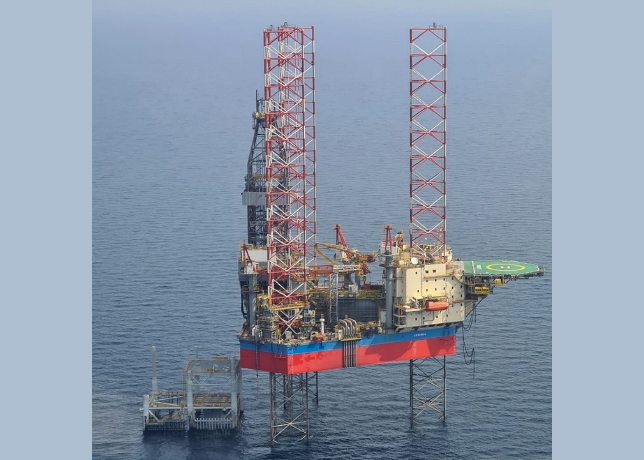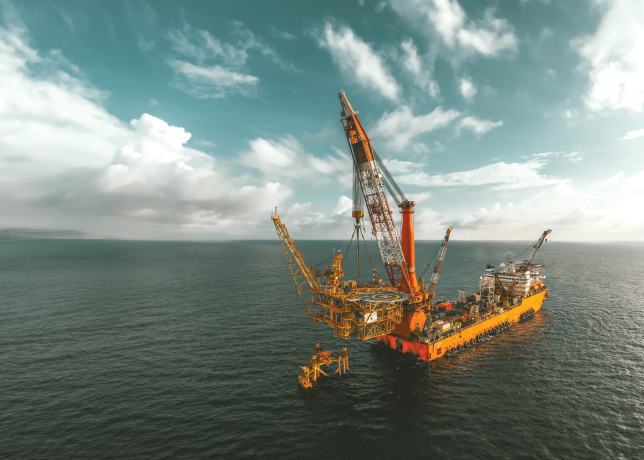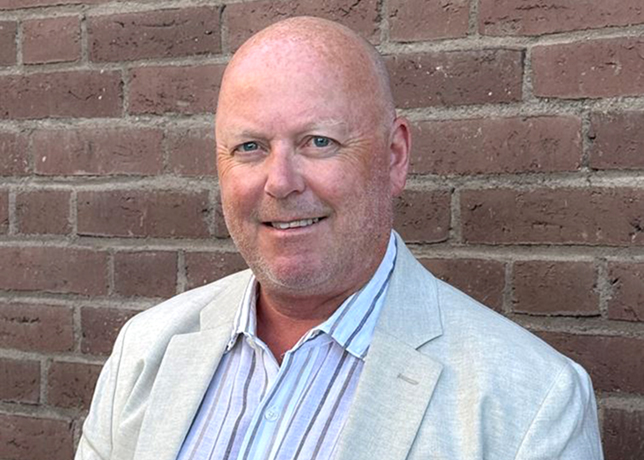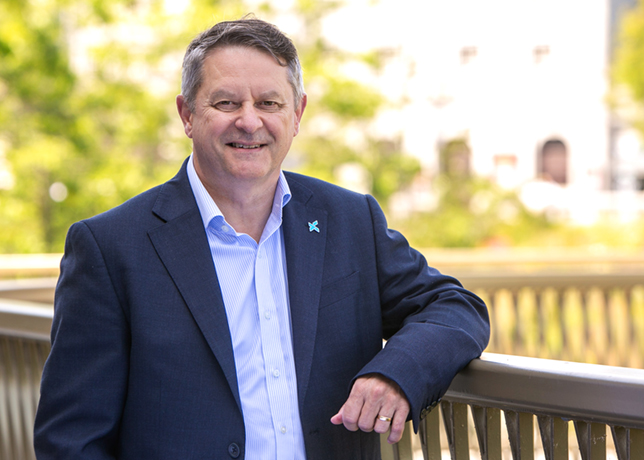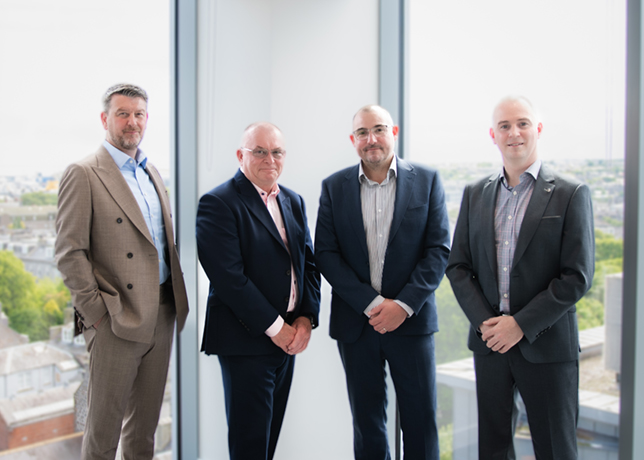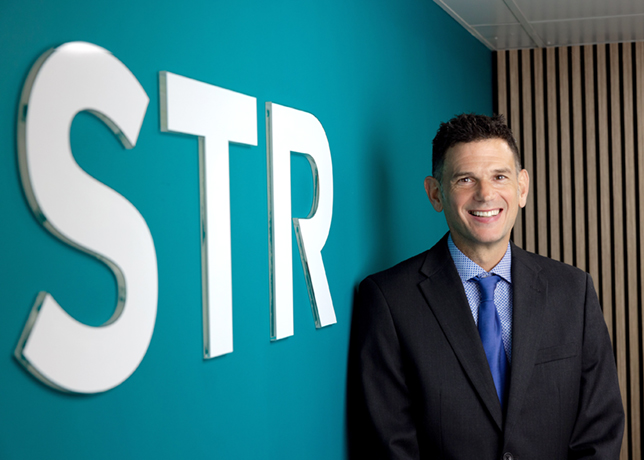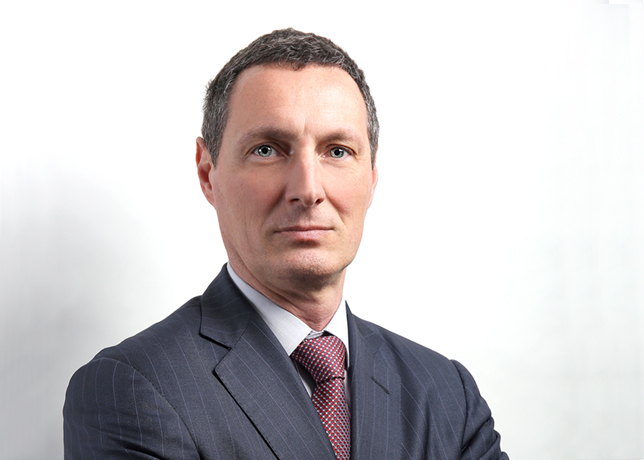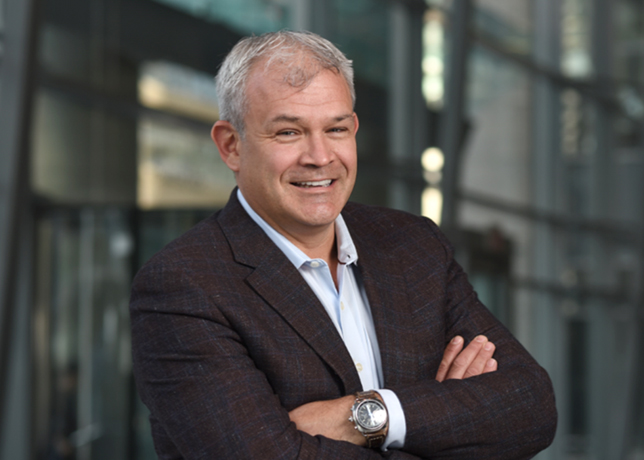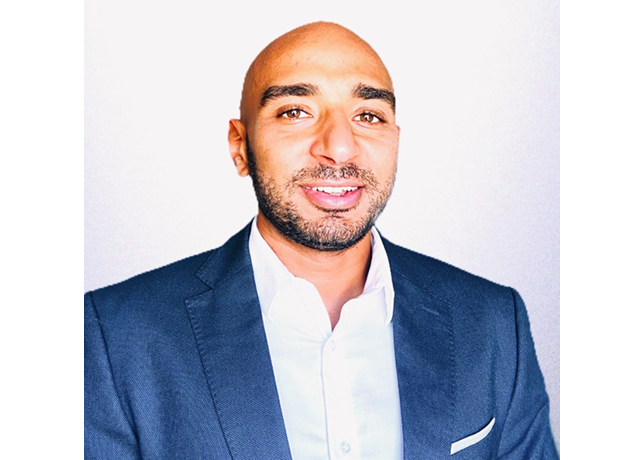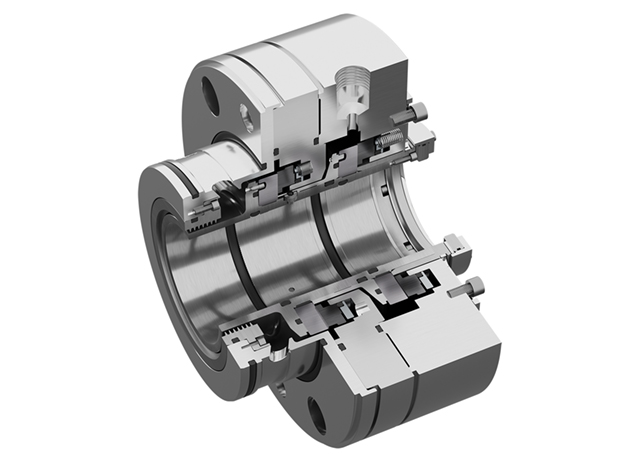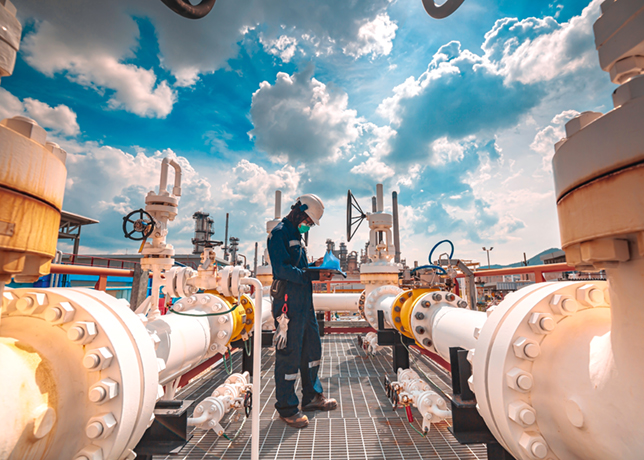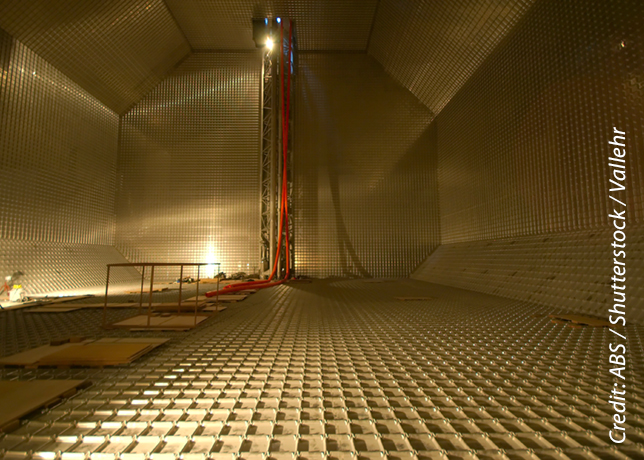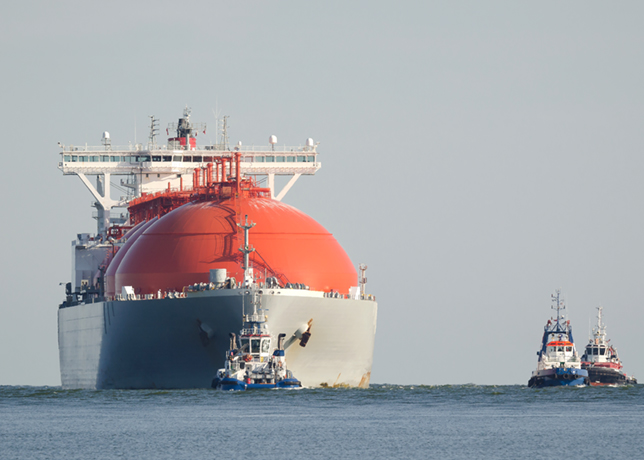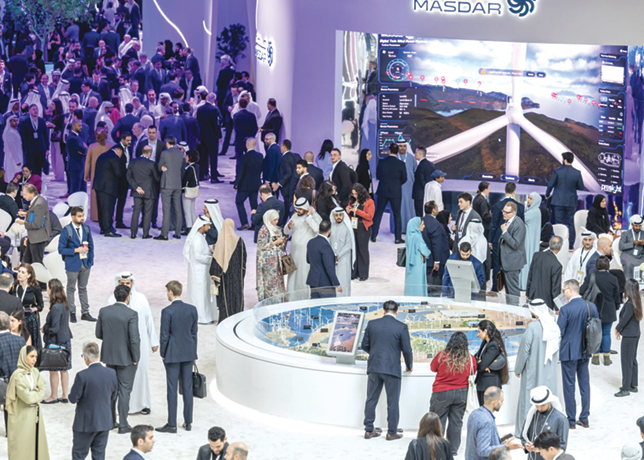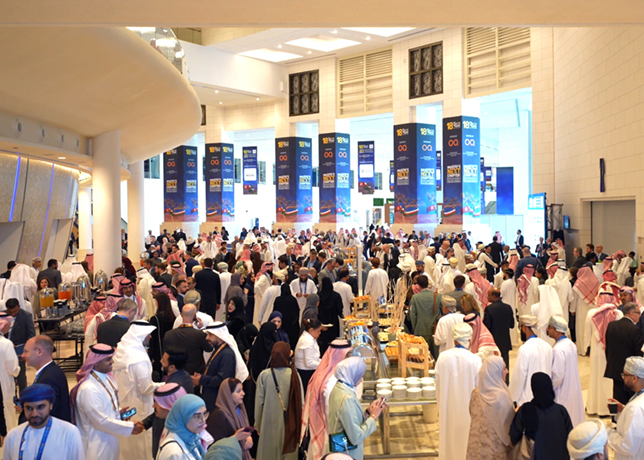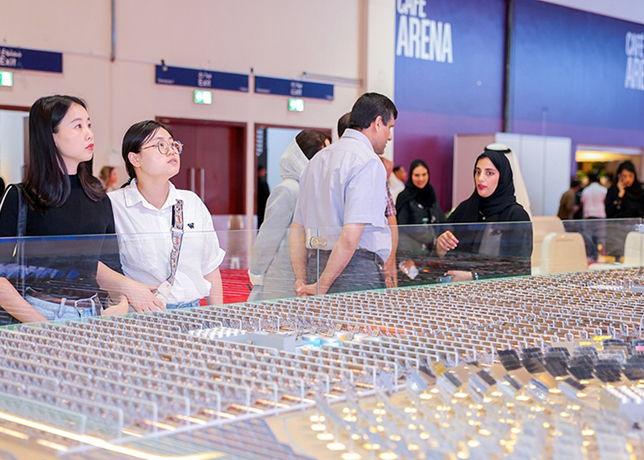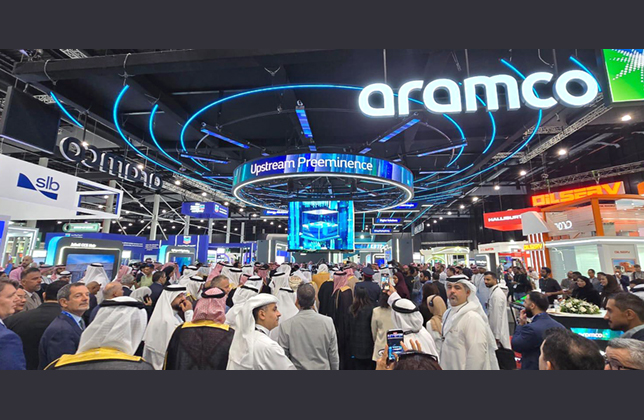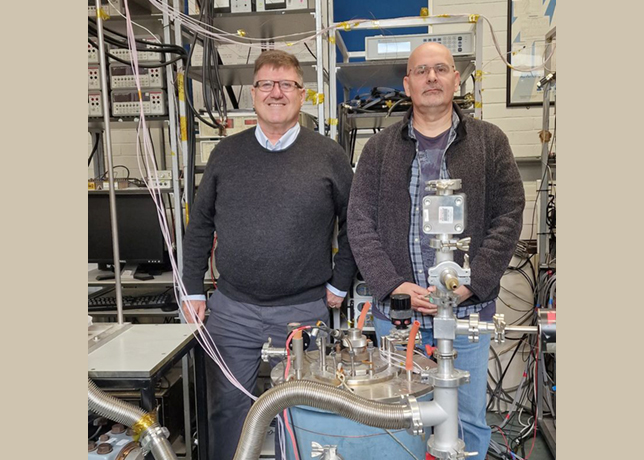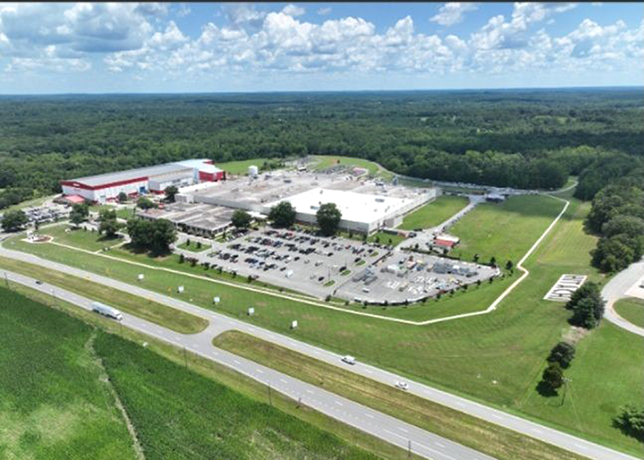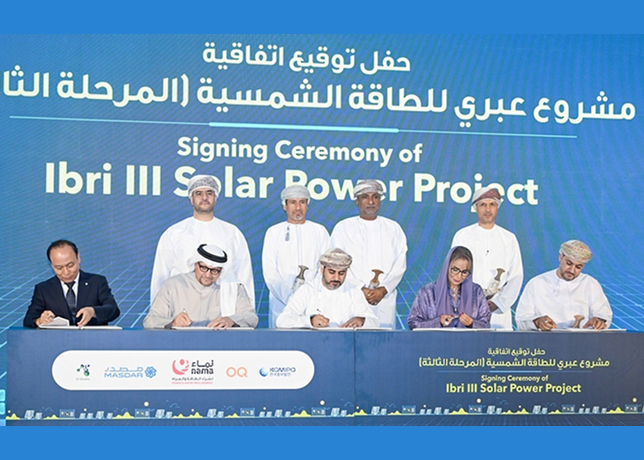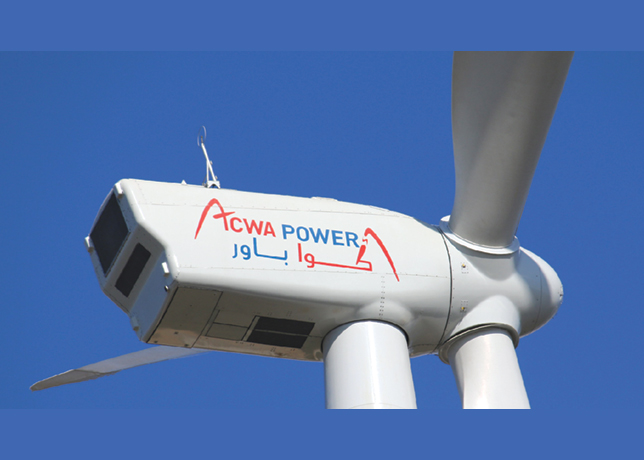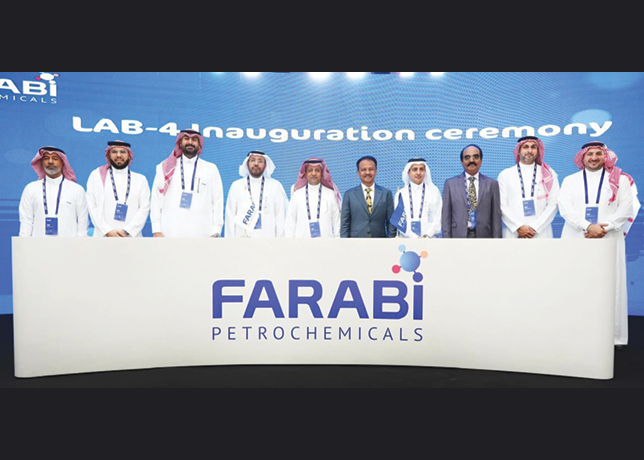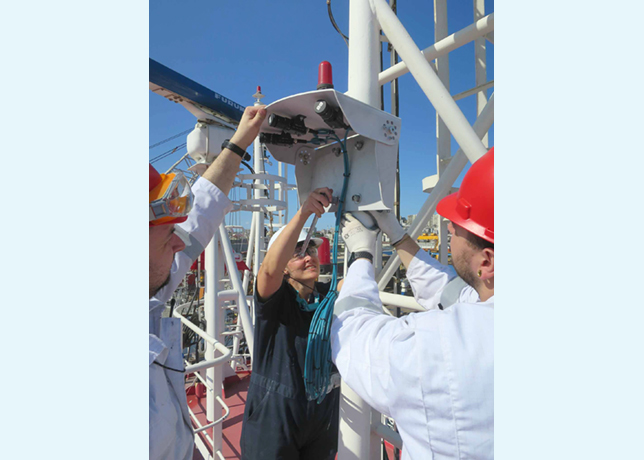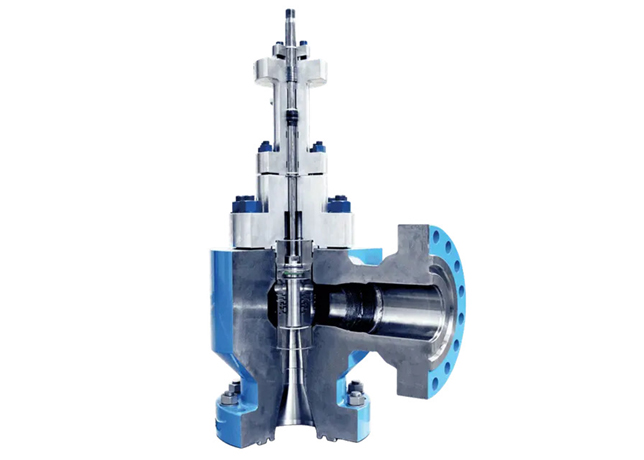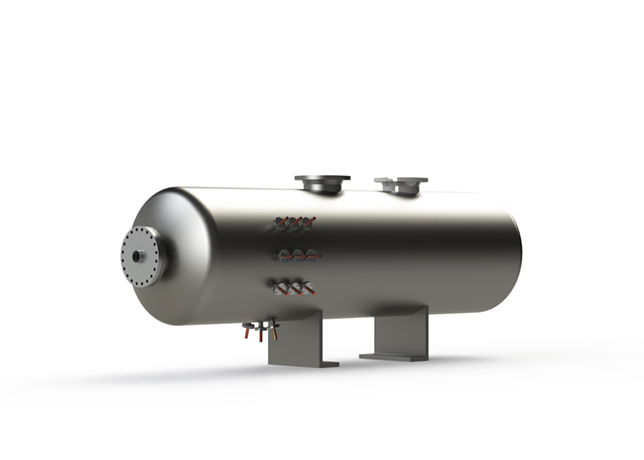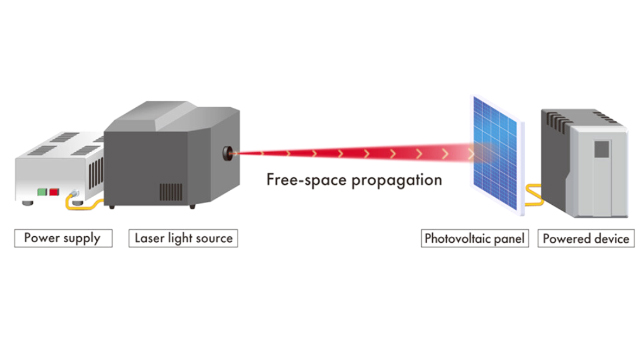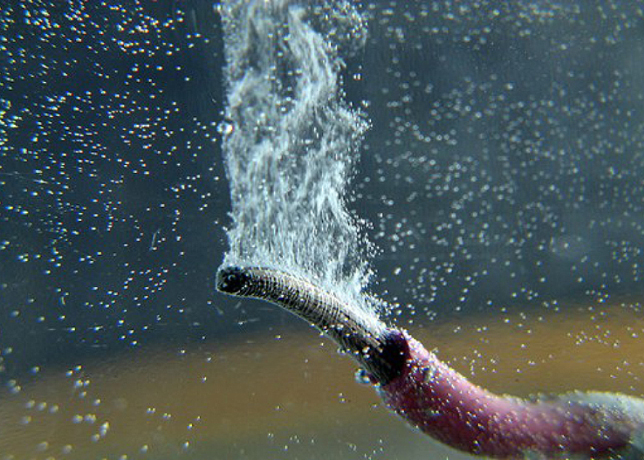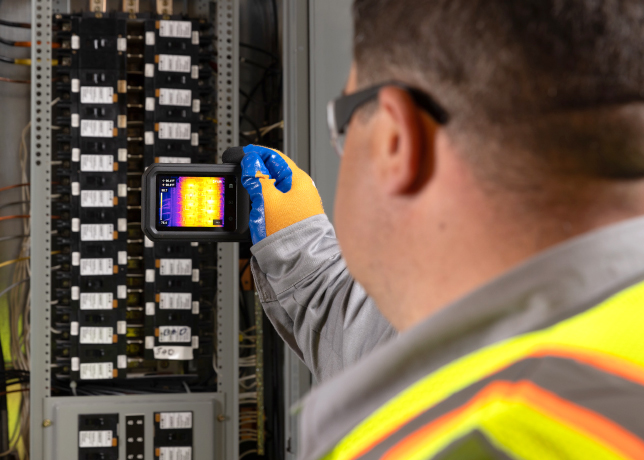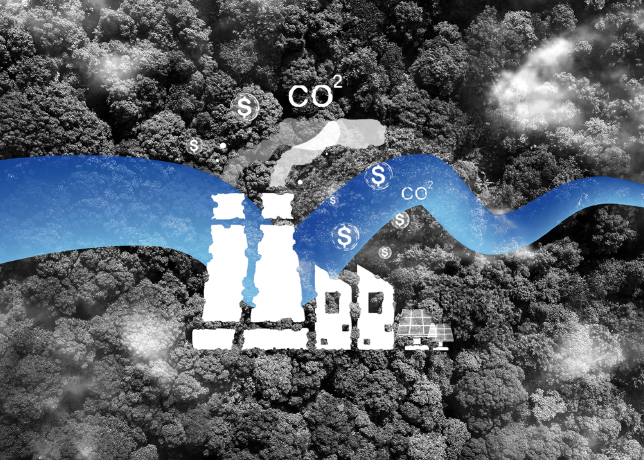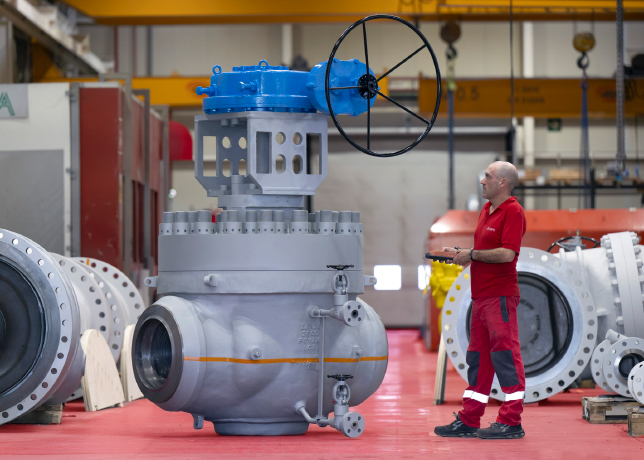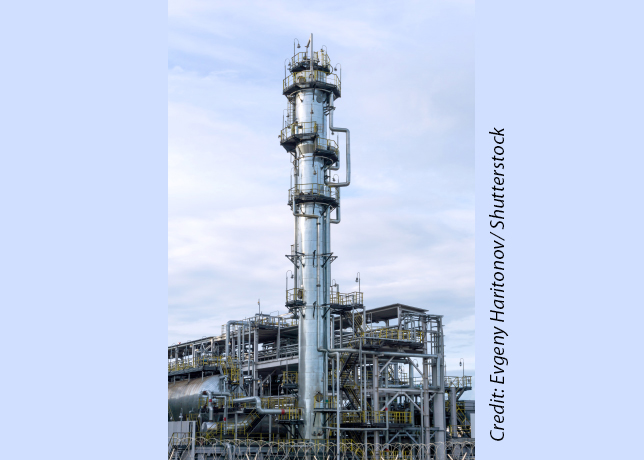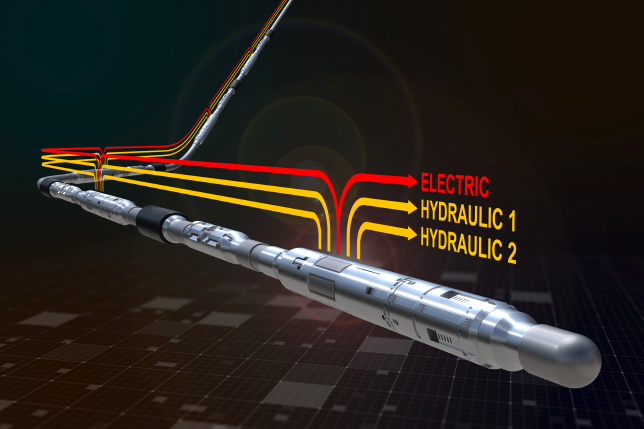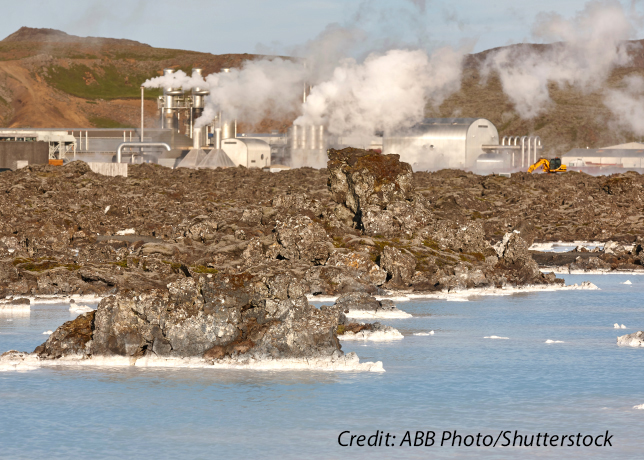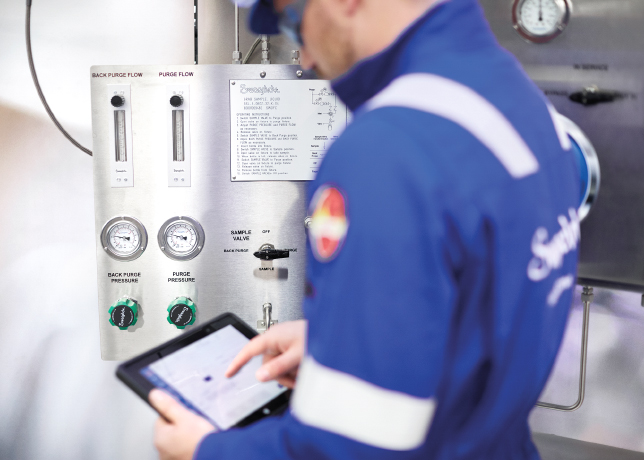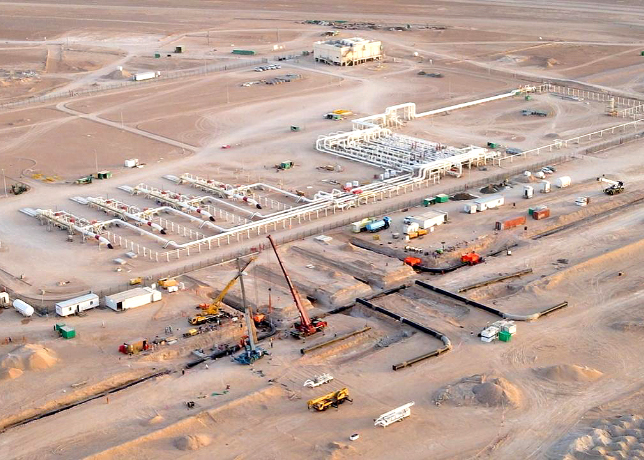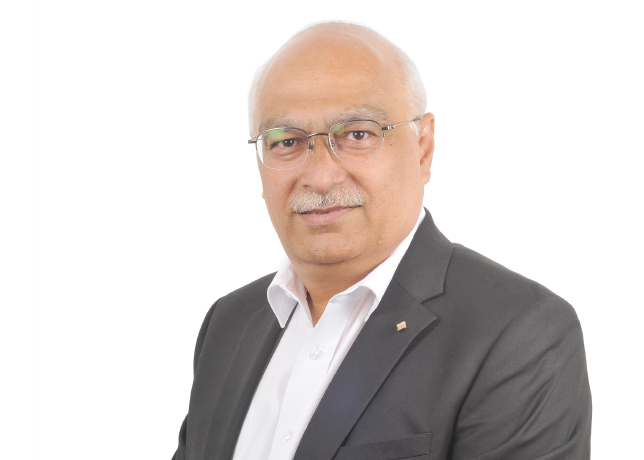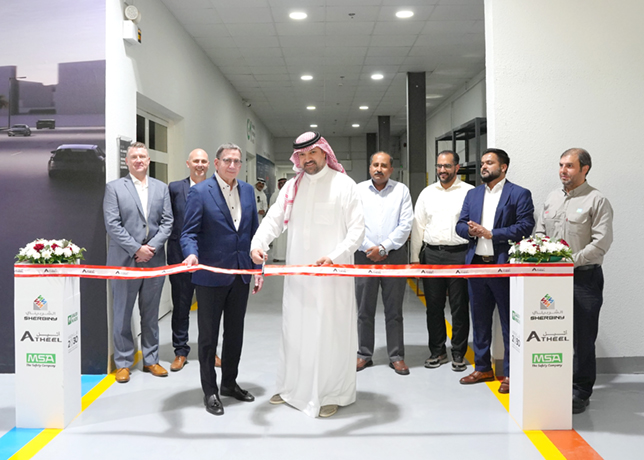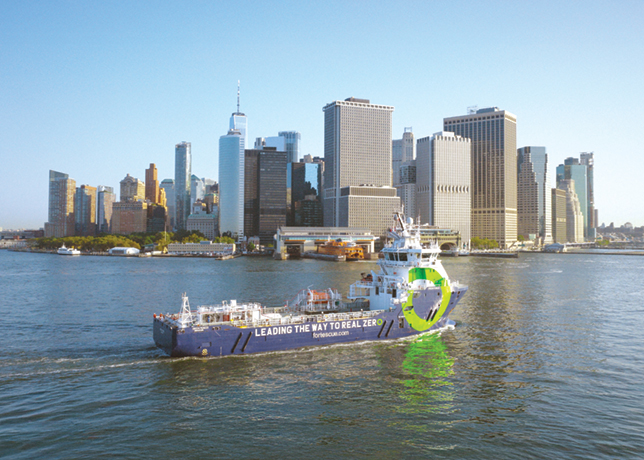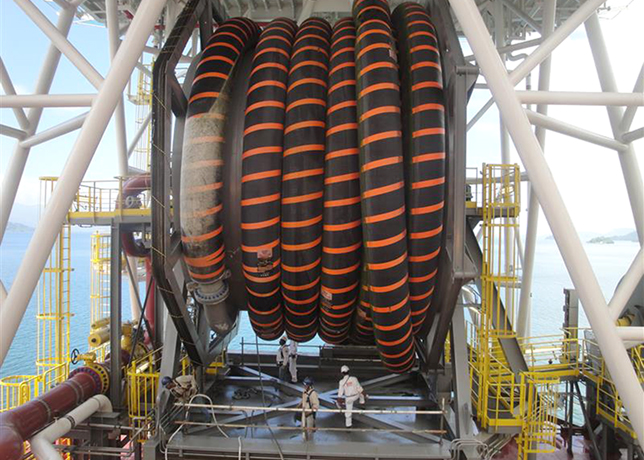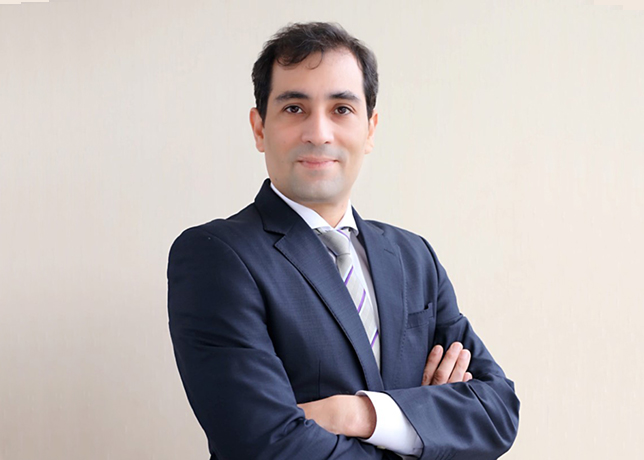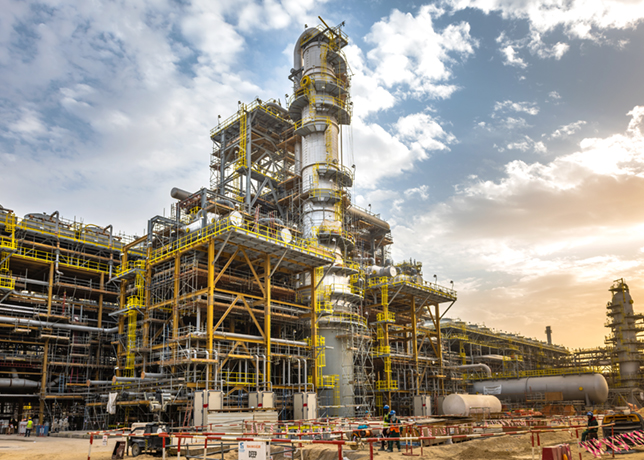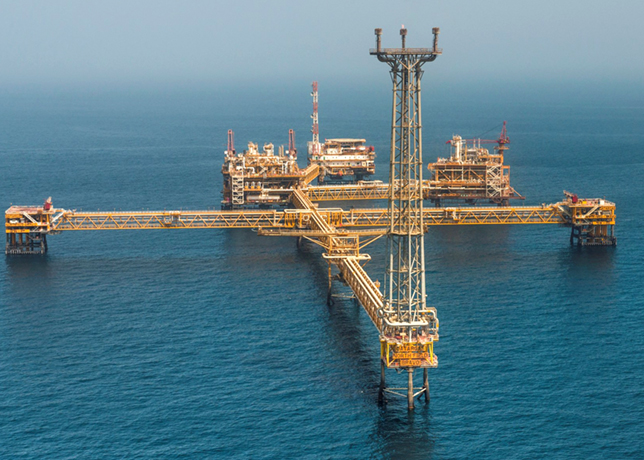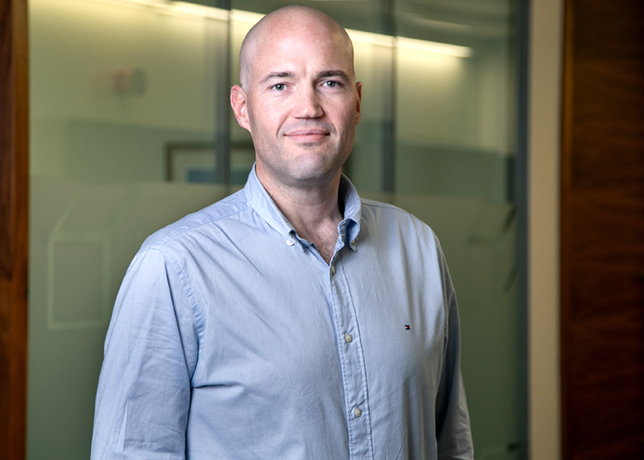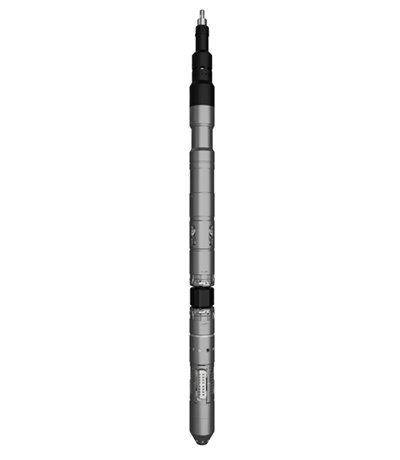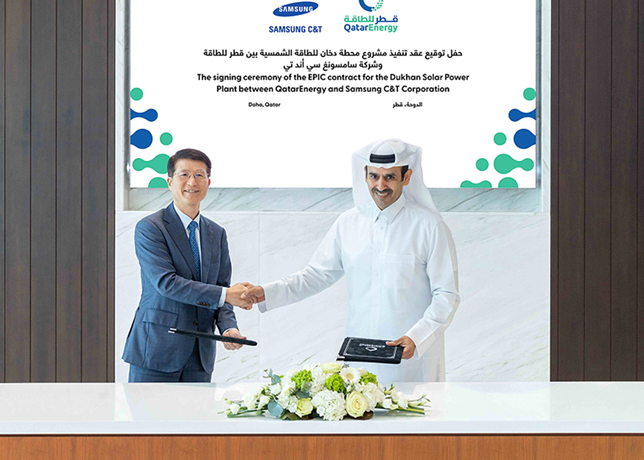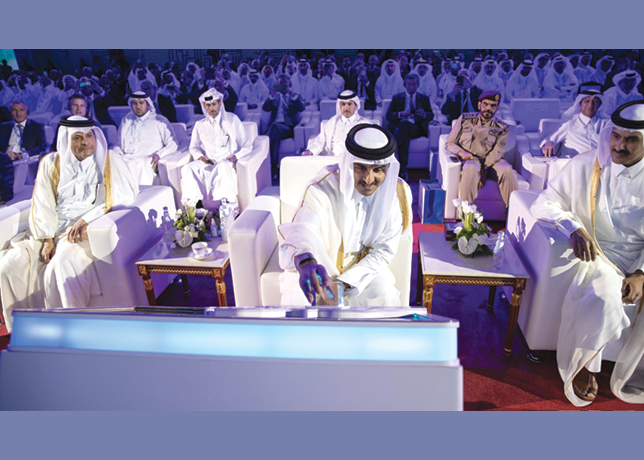

The inauguration of Saudi Aramco’s new Haradh GOSP-3 by Minister of Petroleum and Mineral Resources Ali Al Naimi marked a watershed achievement in the oil industry and injected new oil into world markets.
Prince Abdul-Aziz bin Salman Al Saud, Assistant to the Minister of Petroleum, accompanied Naimi to the inaugural event on March 22, along with other top officials.
The gas-oil separation plant caps the massive Haradh-3 increment project, which is designed to produce 300,000 barrels per day of Arabian Light crude and boost Saudi Arabia’s maximum sustained capacity to 11.3 million barrels per day (bpd), while maintaining a surplus cushion of approximately 1.5 million bpd.
The GOSP will also process 140 million standard cubic feet of associated natural gas per day.
“We are all gathered here in Haradh to celebrate the dawn of a new era in field development - not only for Saudi Aramco but indeed for the entire upstream oil industry,” said Amin Nasser, executive director of Petroleum Engineering and Development, in a presentation at the inauguration.
Amin said the unprecedented use of maximum reservoir contact (MRC) wells, “smart” well completion technology and the revolutionary I-field (intelligent field) concept in the Haradh-3 increment project represent “a point of transformation, a model to be followed by the rest of the industry.”
The technology will sharply cut development and operating costs, increase recovery volumes and extend production plateaus in Haradh-3 and future projects, Nasser said.
“But even more importantly,” he added, “it is a symbol of Saudi Aramco’s commitment to the world to provide adequate oil supplies reliably, safely and in an environmentally friendly fashion.” He said the company’s burgeoning technological capabilities bode well for its long-term exploration and production goals.
The Haradh GOSP-3 complex was completed under budget and five months ahead of its original 26-month schedule - faster even than Shaybah, the company’s previous benchmark for speed of completion.
Haradh GOSP-1 came on-stream in March 1996, followed by GOSP-2 in April 2003; each added 300,000 bpd of production to the company’s output.
In his keynote speech at the inaugural ceremony, Ali A Al-Ajmi, vice president of Project Management, lauded the project’s cohesiveness.
“This project was a major undertaking by any measure,” he said. “But, the story of Haradh is also a story of partnership, and of how world-class companies came together to achieve something unique here in the Saudi desert.”
Al-Ajmi applauded the significant contributions of Saudi companies on the project.
For example, the project’s major vessel supplier, Gulf Engineering, delivered the required vessels four months earlier than any out-of-Kingdom supplier could, he said.
“Haradh demonstrates the growing strength of in-Kingdom companies and the depth of the talent pool available here in Saudi Arabia,” Al-Ajmi said.
“The Haradh GOSP and pipeline contracts were among the first that Saudi Aramco signed with mandatory Saudisation provisions, helping to create meaningful new job opportunities for the citizens of the Kingdom.”
Al-Ajmi said Haradh contractors hired many more Saudi nationals than previous projects, including skilled professionals and craftsmen.
“Local manufacturers also played a significant role, with structural steel provided by Zamil Steel, and most of the pipe coming from the National Pipe Company,” he said. “In total, fully two-thirds of the material for the two main contracts was purchased in Saudi Arabia.”



